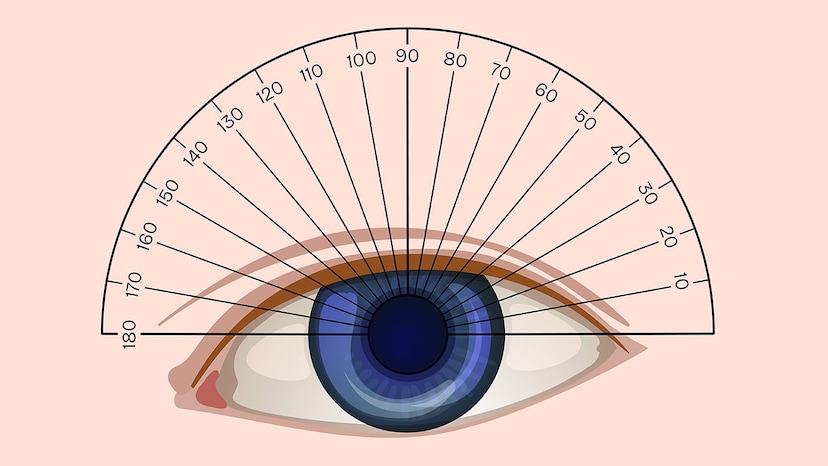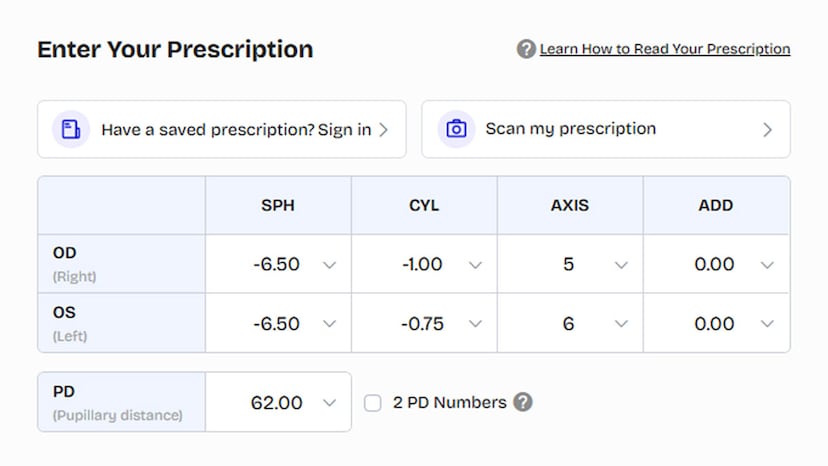Introduction
While you see the "PD" word on your prescription, if you are confused, "What exactly is PD?" It is unimpressive but important, which will directly affect the suitability and visual clarity. This article will be your useful guide, including the detailed explanation of PD, the importance of PD, and the measurement method of PD.
What is PD in the Prescription?
PD refers to pupillary distance, the specific distance between the centers of your pupils. It's no doubt that it's an essential part of prescription, which helps to ensure the center of the lenses can be accurately aligned with the pupils. If PD is not accurate, it will lead to blurry vision and discomfort.
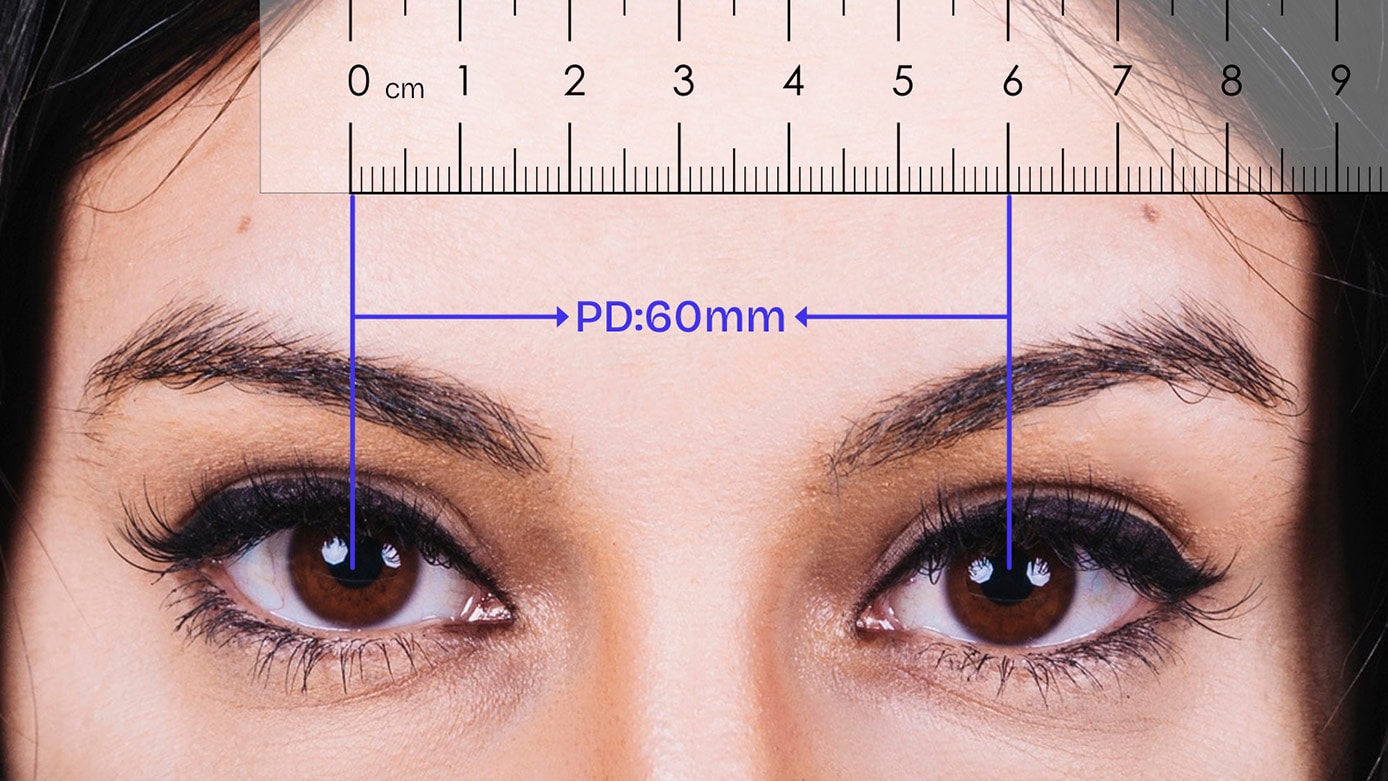
Why is PD Essential?
Although PD might seem like an unimpressive detail, it's extremely important for vision correction, helping to ensure whether glasses are fit for our vision needs.
Blurry Vision
If PD is not accurate, it will affect the alignment of the lens center and pupil center so as to lead to blurry vision and distortion.
Eye Strain
Due to poorly aligned lenses, it will cause discomfort, like eye strain and headache. While you wear it for a long time, the symptoms of discomfort might be more serious.
Extremely Important for Progressive Lenses
For the progressive lenses, the accuracy of the PD value is more important. Because it determines the alignment of different prescription zones so that they provide a seamless visual experience.
Different Types of PD
Normally, there are two common measurements of PD.
Single PD
It refers to the distance between the centers of both eyes, which is appropriate for single-vision lenses.
Dual PD
It refers to the distance between the center of the nose bridge and the center of the unilateral pupil. Actually, this measurement is more accurate, which is appropriate for multifocal lenses, like progressives and bifocals. Such lenses need accurate alignment of prescription zones.
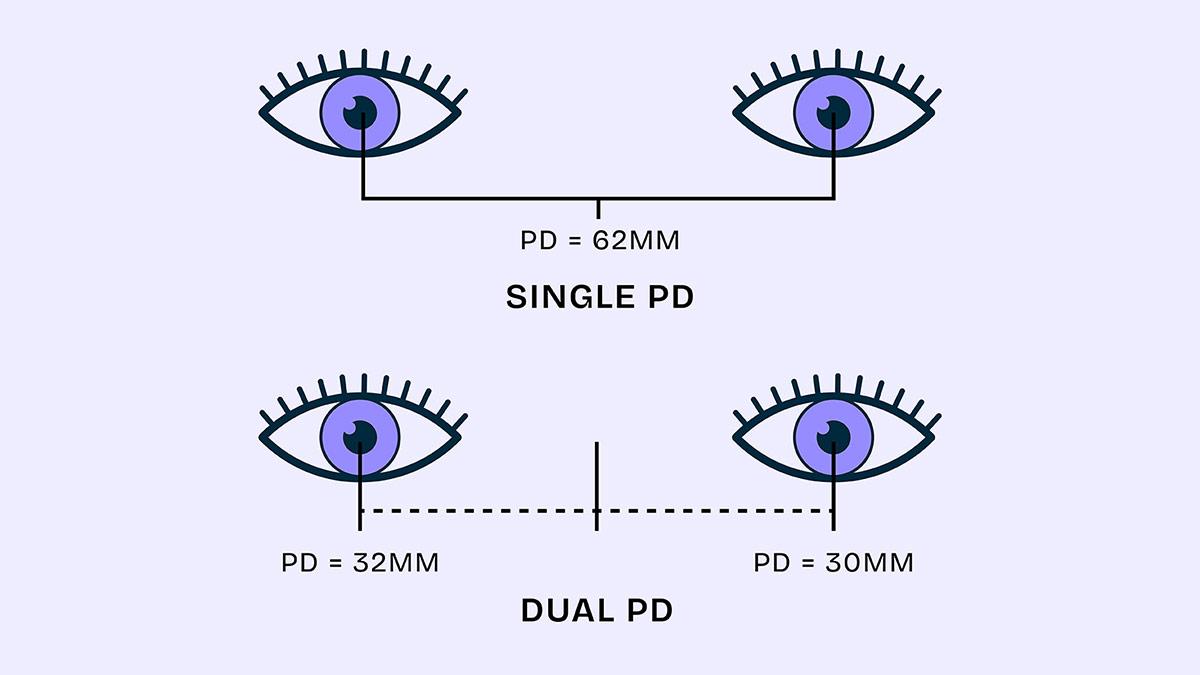
How to Measure Your PD?
Actually, it's not difficult to measure PD, which can be measured at home. It introduces some simple methods you can use to measure your PD by yourself.
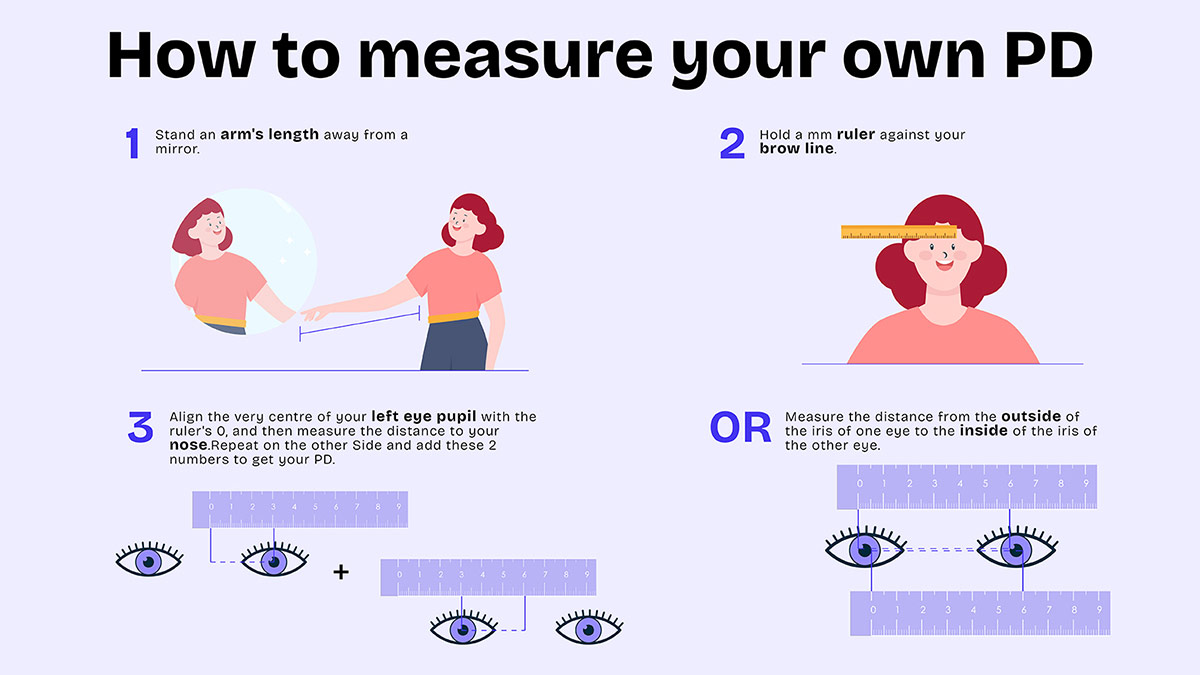
Steps to measure your pd
Step 1:
Position yourself an arm's length from your friend or yourself, approximately 8 inches (20 cm) away from a mirror.

Step 2:
Close your right eye and align the Omm over the center of your left pupil.

Step 3:
Close your left eye and note the reading directly over your right pupil. That will be your total PD.

Get help from others
Of course, you can ask for help. While they use a PD ruler, they can gauge distance through their eyes.
Online PD tools
ZEELOOL has the professional online measure tool; you just need to take a photo of your face with a reference card (e.g., a credit card), and it will automatically measure your PD in a short time.
Note:
The average PD is between 54 and 78 mm. Might be a bit different compared to practical measurements.
Please measure your PD 2-3 times to ensure you get the accurate results.
What Should You Do If There Is No PD Value on Your Prescription?
Although we all know the importance of PD, it's still possible that your optometrist has forgotten to leave the PD value on your prescription. If you meet this situation, you can do the following.
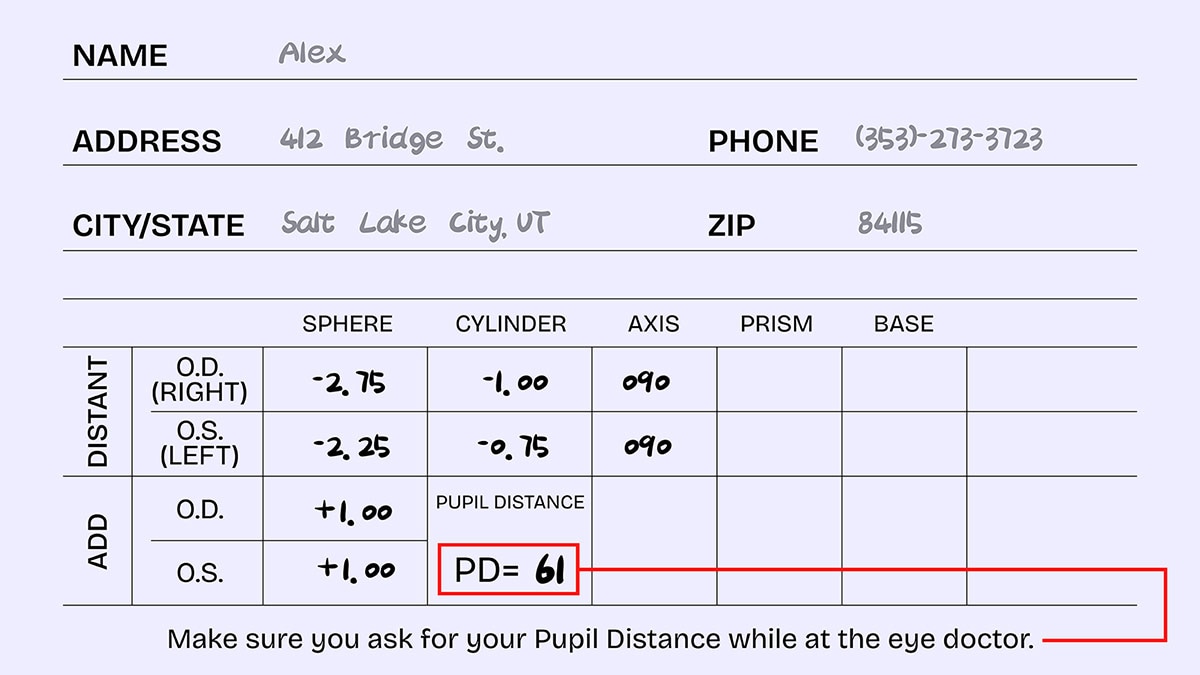
Ask Eye Doctor
Normally, there is a record of your eye information so that you can directly ask your PD value from the optometrist.
Self-Measure
Actually, it's not difficult to measure by yourself; you can follow the measurement method shown above.
Previous Glasses
If you still keep your old glasses, luckily, you can get the PD value from your previous prescription.
Conclusion
We have to remember, although PD seems like an unimpressive detail, it's extremely important for your visual comfort. No matter what kind of glasses you want to buy—prescription glasses, sunglasses, or progressive glasses—it is vital to ensure the accuracy of the PD measure, which would directly affect clear and comfortable vision. Therefore, always remember its importance, especially for your first time of PD measurement.


















